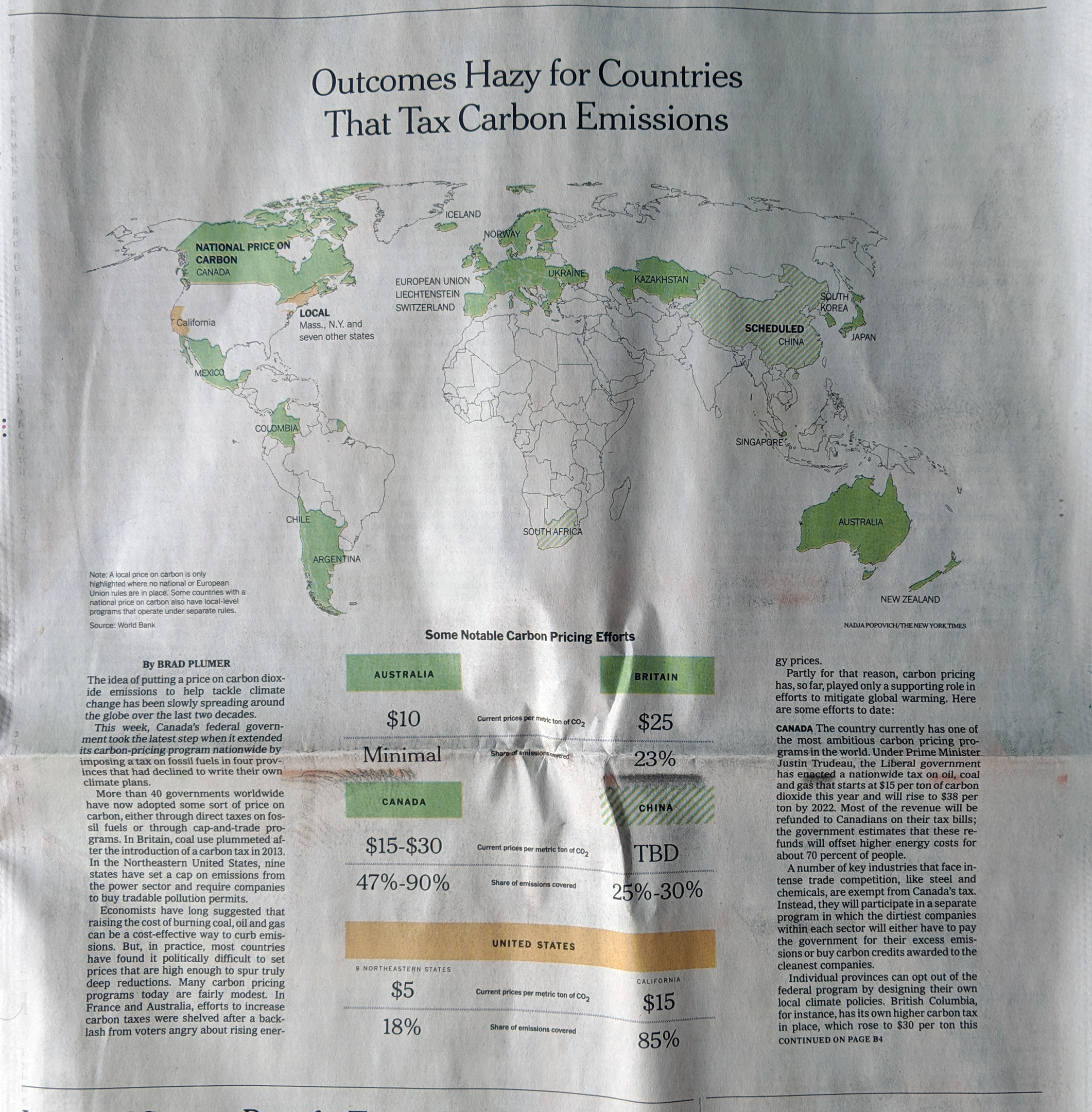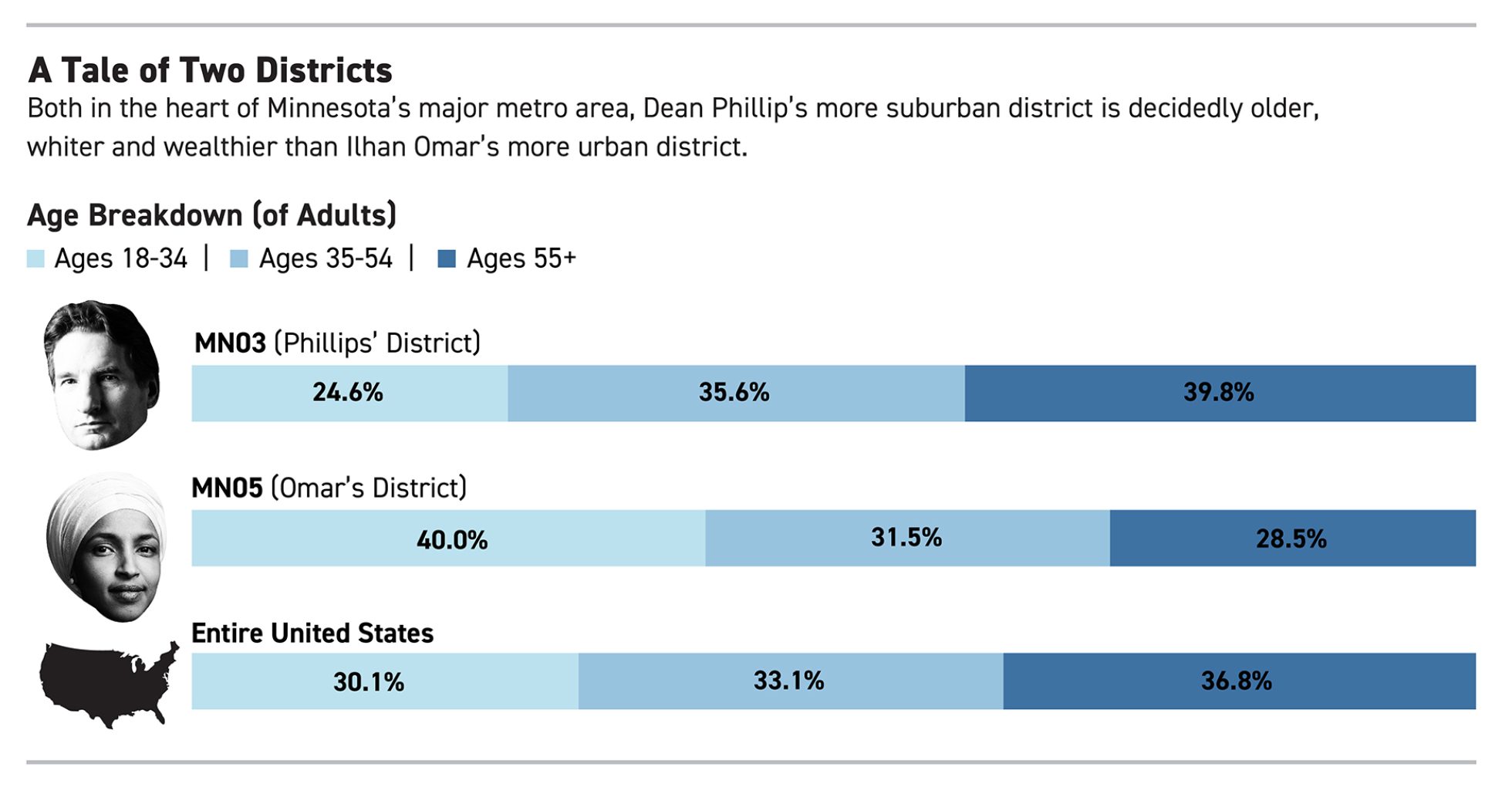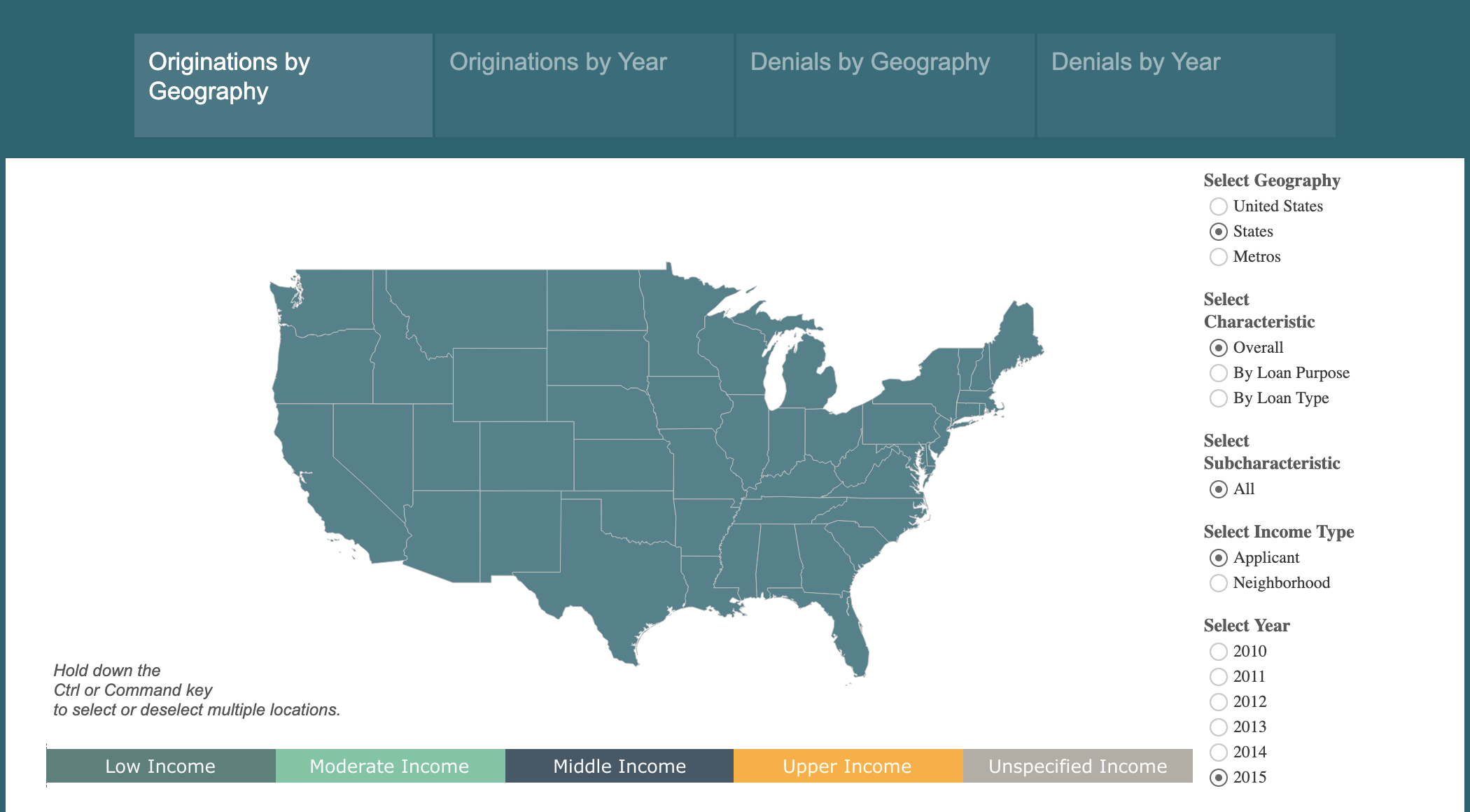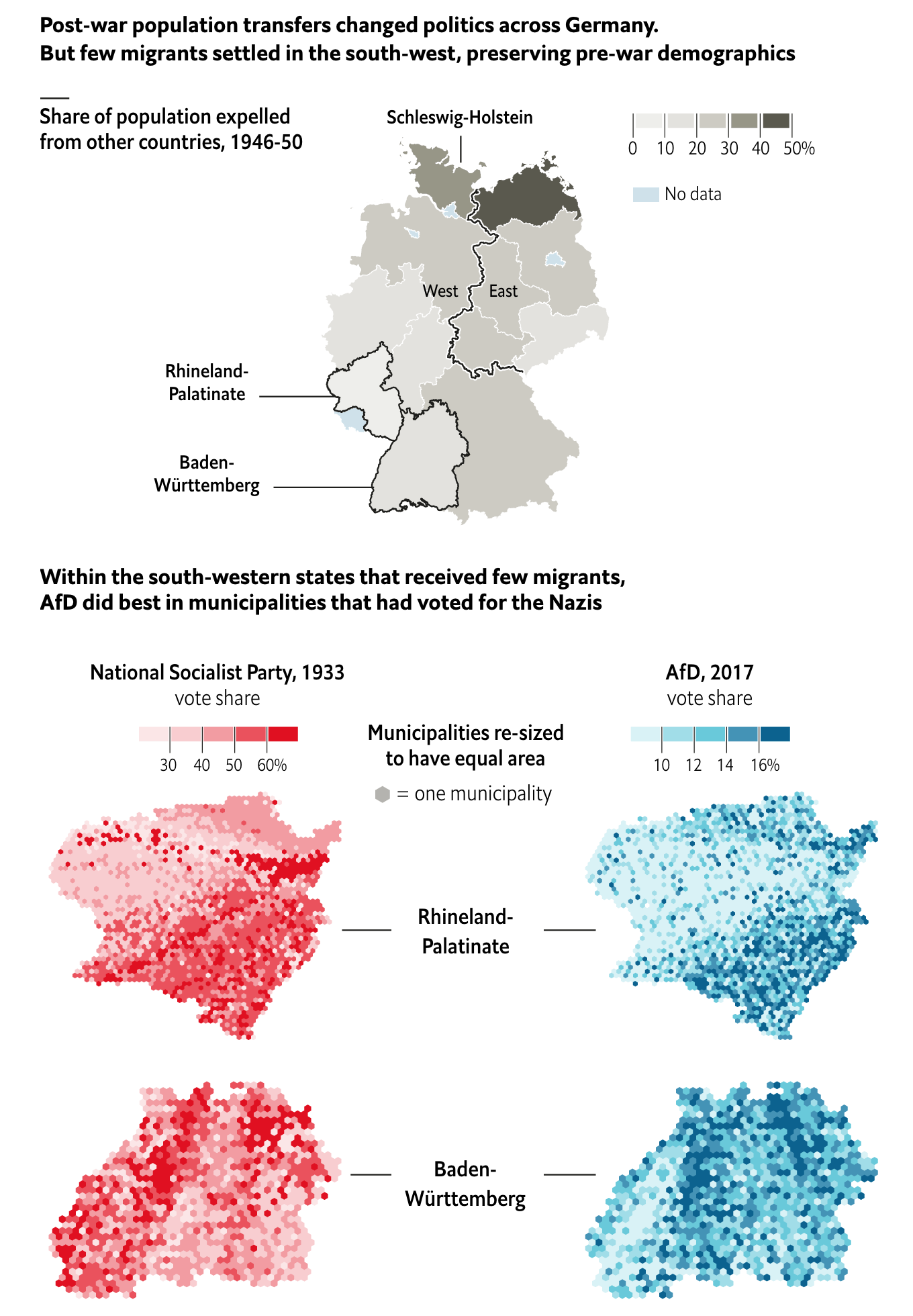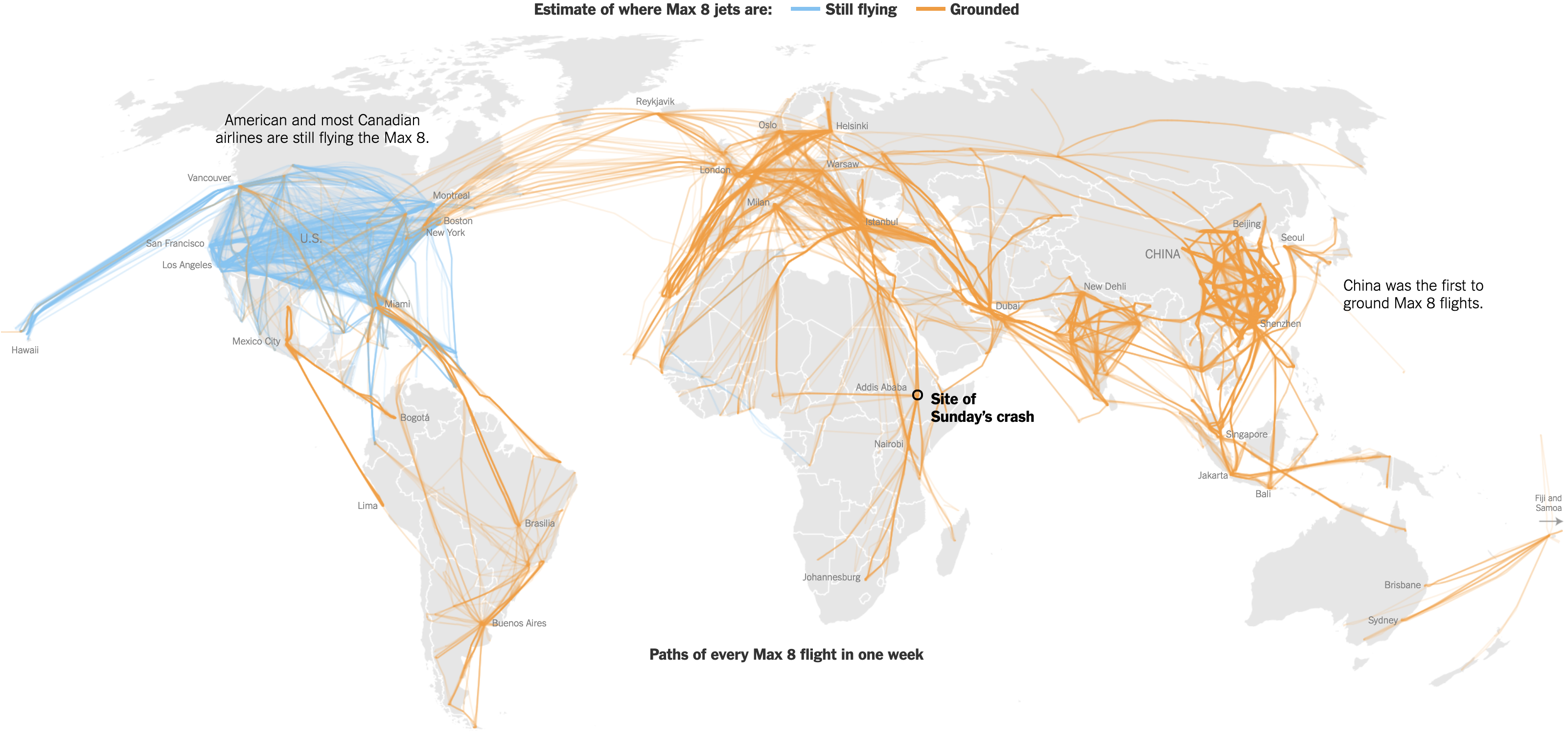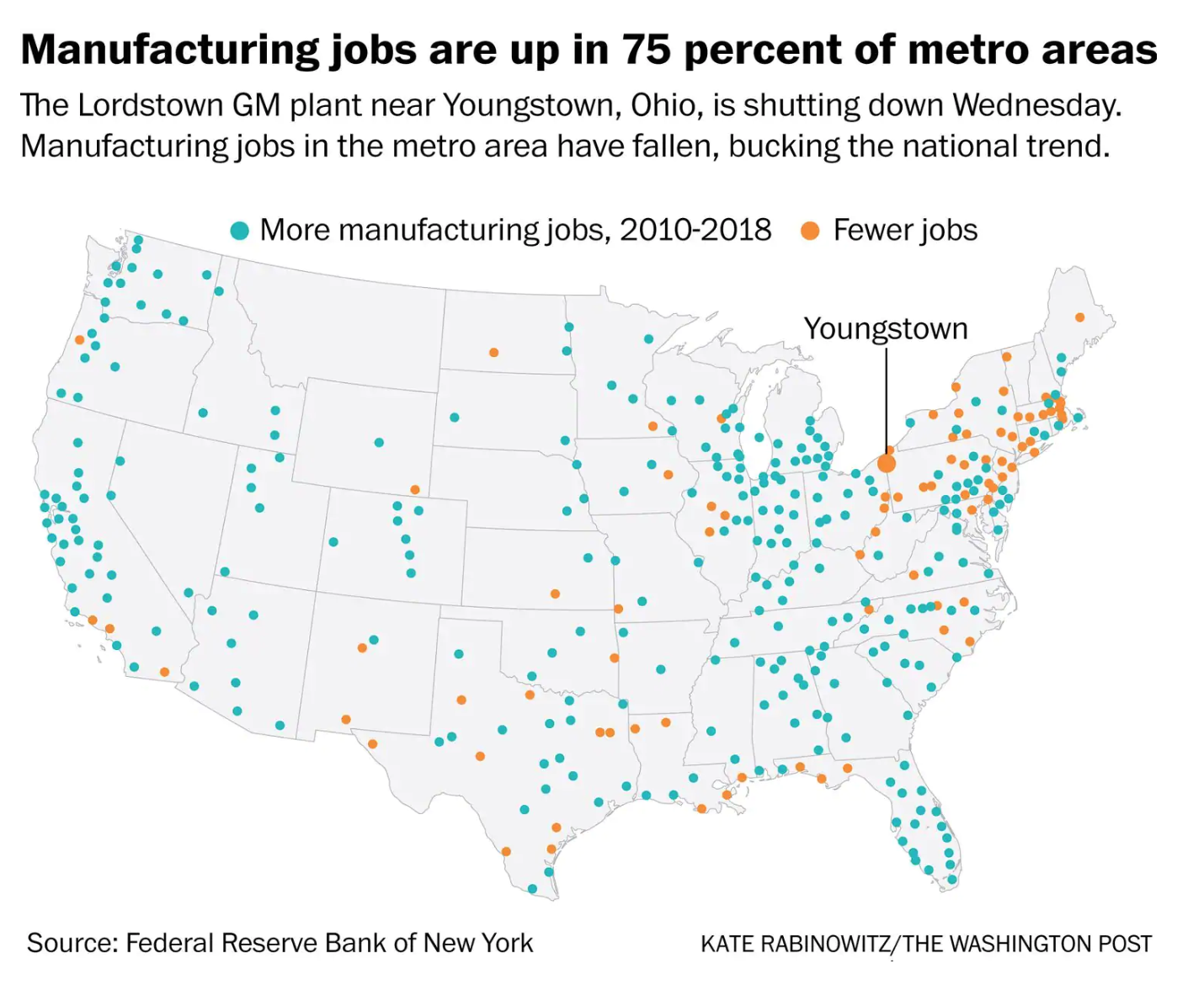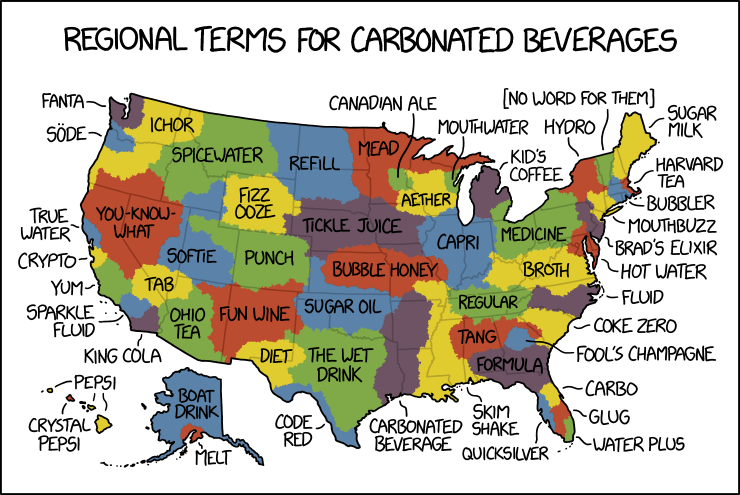Today we move from royalty to slavery. Earlier this week the Washington Post published an article about an African woman (girl?) named Angela. She was forcibly removed from West Africa to Luanda in present-day Angola. From there she was crammed into a slave ship and sent towards Spanish colonies in the Caribbean. Before she arrived, however, her ship was intercepted by English pirates that took her and several others as their spoils to sell to English colonists.
The article is a fascinating read and for our purposes it makes use of two graphics. The one is a bar chart plotting the Atlantic slave trade. It makes use of annotations to provide a rich context for the peaks and valleys—importantly it includes not just the British colonies, but Spanish and Portuguese as well.
My favourite, however, is the Sankey diagram that shows the trade in 1619 specifically, i.e. the year Angela was transported across the Atlantic.
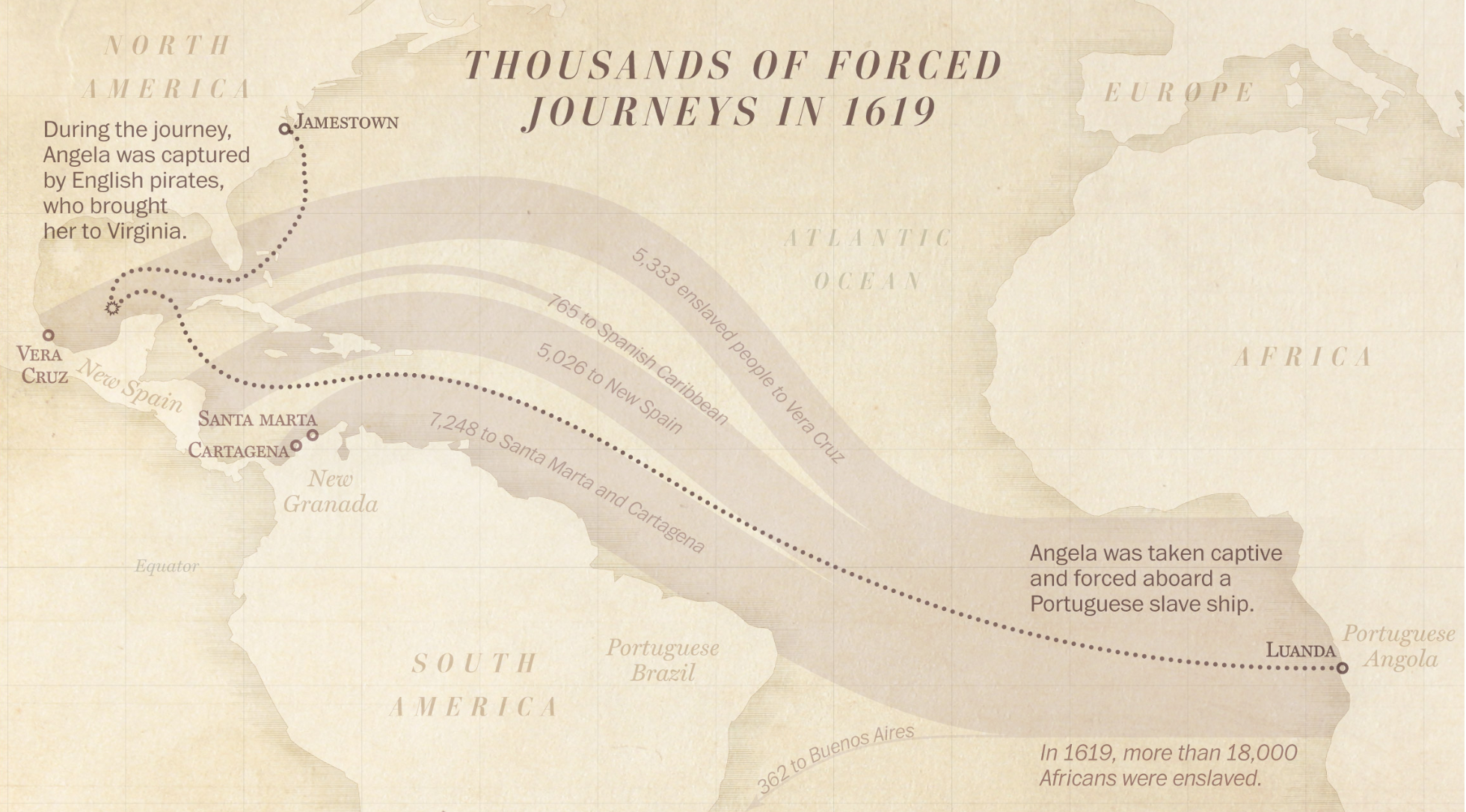
It takes the total number of people leaving Luanda and then breaks those flows into different paths based on their geographic destinations. The width of those lines or flows represents the volume, in this case people being sold into slavery. That Angela made it to Jamestown is surprising. After all, most of her peers were being sent to Vera Cruz.
But the year 1619 is important. Because 2019 marks the 400th anniversary of the first slaves being brought into Jamestown and the Virginia colony. The Pilgrims that found Plymouth Bay Colony will not land on Cape Cod until 1620, a year later. The enslavement of people like Angela was built into the foundation of the American colonies.
The article points out how work is being done to try and find Angela’s remains. If that happens, researchers can learn much more about her. And that leads one researcher to make this powerful statement.
We will know more about this person, and we can reclaim her humanity.
For the record, I don’t necessarily love the textured background in the graphics. But I understand the aesthetic direction the designers chose and it does make sense. I do like, however, how they do not overly distract from the underlying data and the narrative they present.
Credit for the piece goes to Lauren Tierney and Armand Emamdjomeh.


